Greater Green
The war is over, and green won.
“The war is over, and green won,” Dave Pogue, global director of corporate responsibility for CBRE Group Inc., observed to CPE Senior Editor Paul Rosta for this month’s cover story on climate change. Indeed, while adherence among commercial property professionals to sustainable design and management still varies, commitment to meaningful, measurable goals is unquestionably widespread. Not long ago, building owners debated the value of investing in sustainable measures, and the notion of retrofitting existing properties was even ridiculed. But that was then. Today, certification alone is no longer enough. Increasingly, it must also be at a high level, produce meaningful cost savings and conserve resources. In short, “going green” has quickly gone from lip service to a way of life.
Rising energy costs were certainly a catalyst, along with tenants’ desire to win points for social responsibility. But once put into action, the sustainability movement followed Sir Isaac Newton’s further laws of motion and gravitation—not only continuing its forward momentum but accelerating, propelled by benchmarking and the attainment of measurable savings. And as building owners and tenants cut costs, that is driving rents and property values up, although as yet there is no precise formula for determining these benefits.
Meanwhile, technologies continue to advance, producing more energy alternatives and means to monitor, measure and analyze their usage throughout the property. Water and energy conservation practices likewise are improving, and a small but growing movement is even afoot to achieve self-sufficiency. Self-generation of power offers the double benefit of providing backup service in an emergency while at the same time returning power to the grid, producing a municipal benefit while achieving further cost savings.
More frequent extreme weather events, and warnings of more to come, are presenting a further catalyst to think and act sustainably. The damage caused by Superstorm Sandy in 2012 was a particularly strong call to action. Since Sandy, the initial focus on better protection of HVAC and other critical functions has graduated to more comprehensive strategies at both the property and municipal levels. Recognizing the role of commercial buildings in contributing to climate change, property owners are giving high priority to helping slow its progress.
The green movement is accelerating, and the benefits are mutual and widespread. As new initiatives and tools constantly emerge, it pays to re-evaluate your strategy regularly. Our special section on sustainability outlines some of the latest trends and ideas, and we’ve also included our annual ranking of the industry’s greenest companies, firms that serve as valuable partners and role models. Now, the biggest question: What’s next?

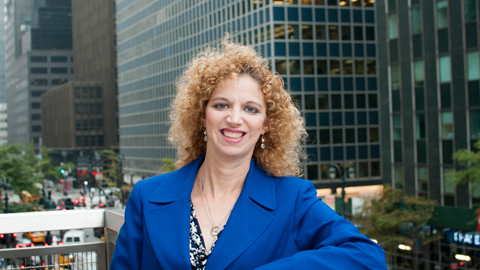
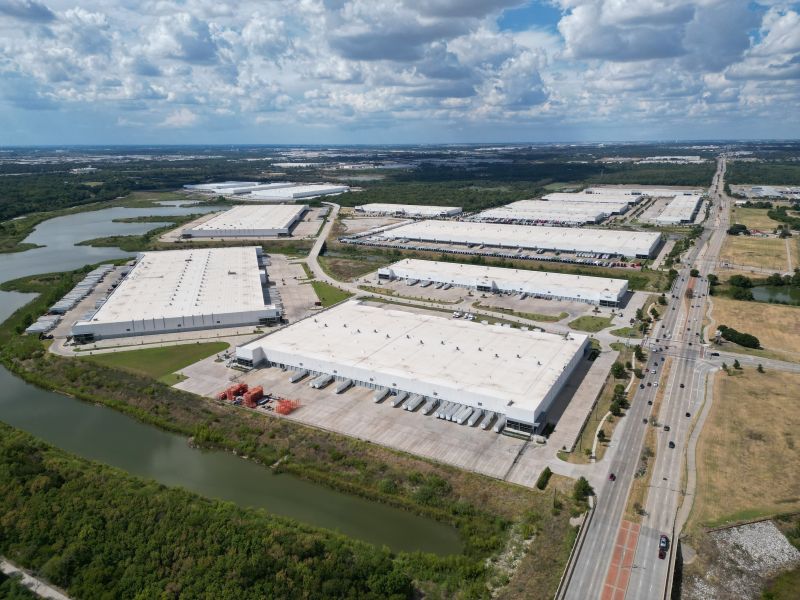
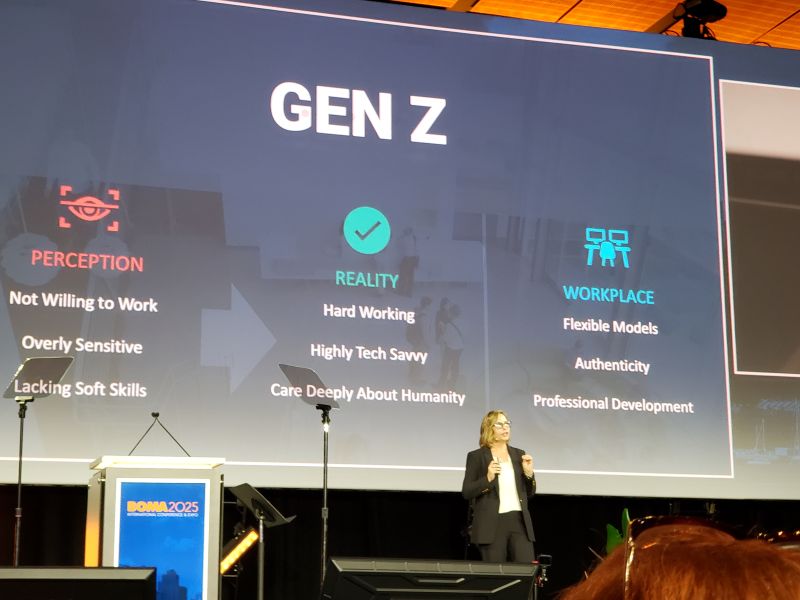
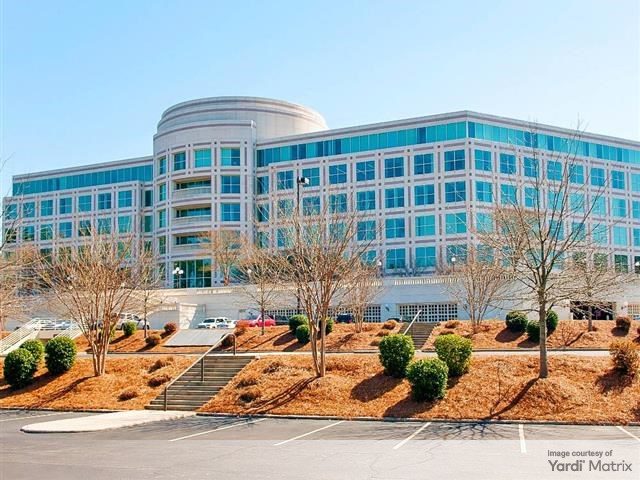
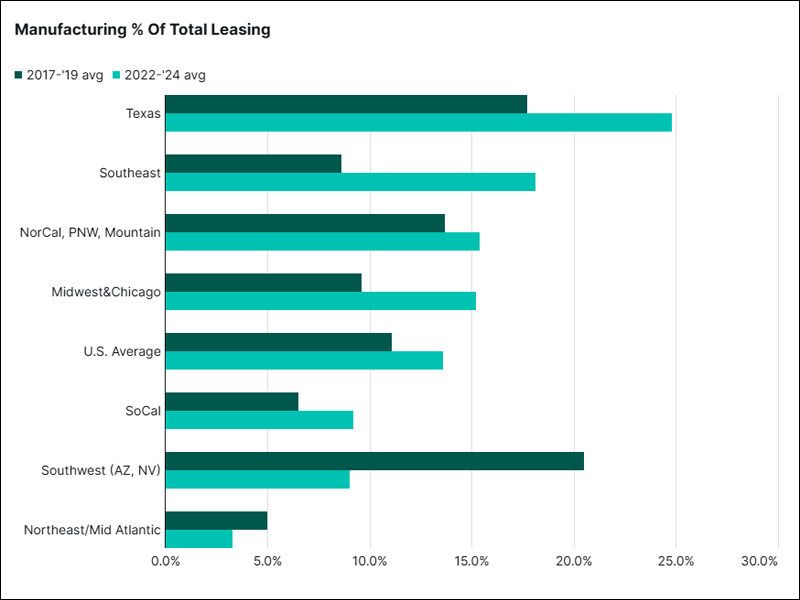
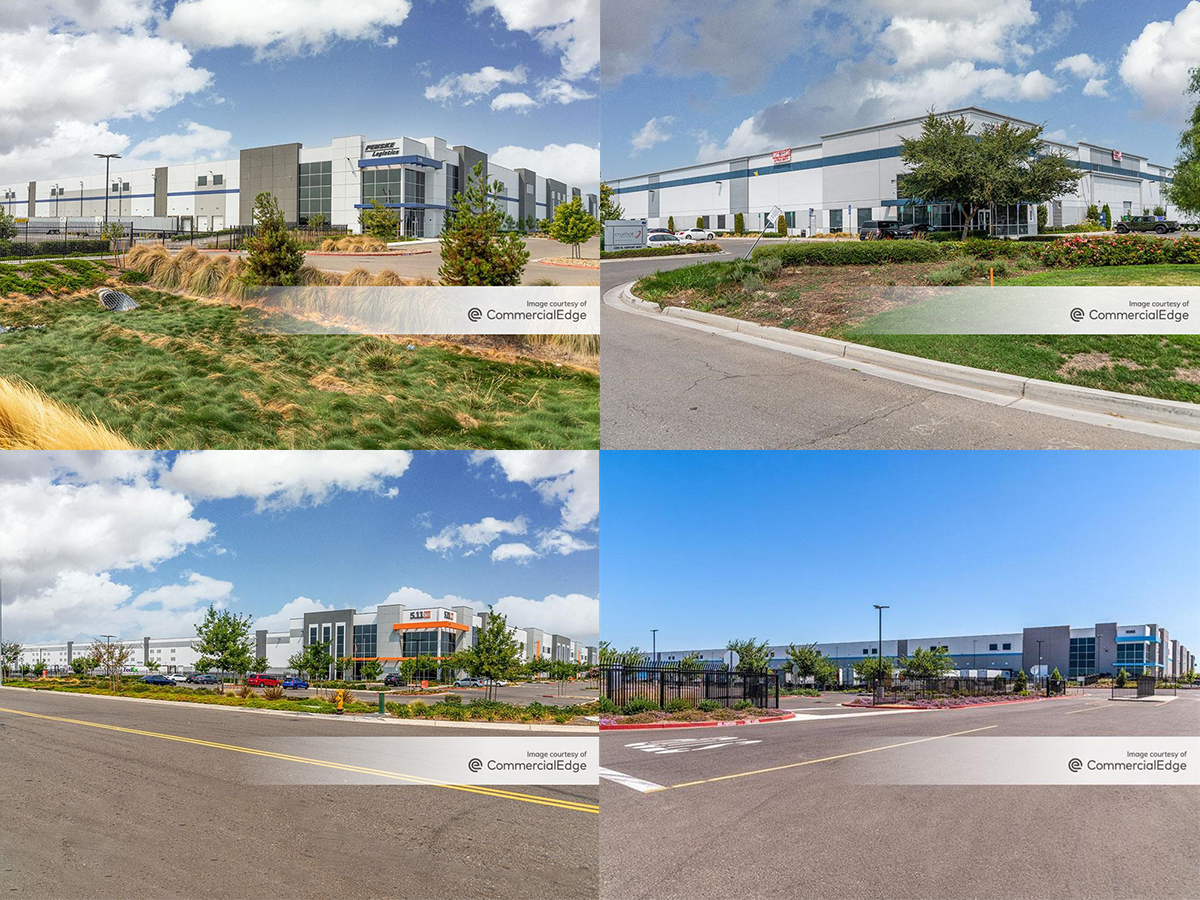
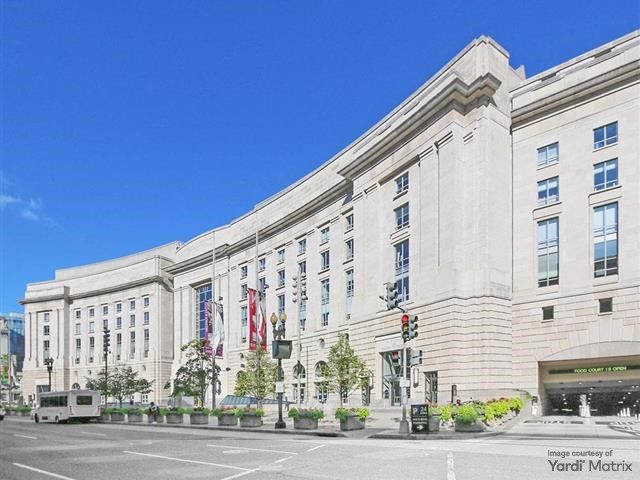
You must be logged in to post a comment.